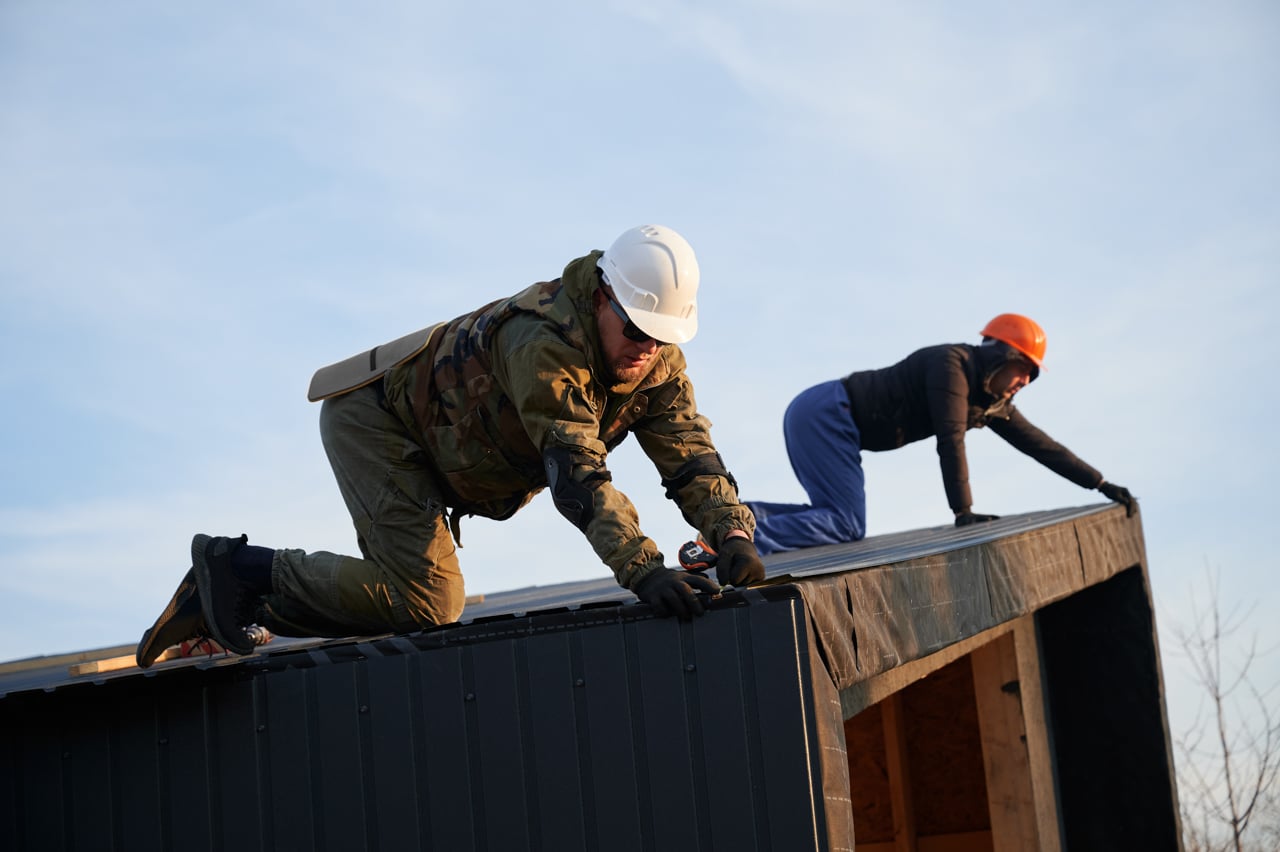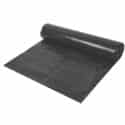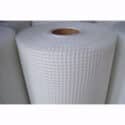07 Feb 2023
Installing Foil Insulation on the Roof: A Comprehensive Guide
Are you looking to reduce your energy bills? Installing foil insulation on your roof may be the answer you’re looking for.

Foil insulation helps to keep warm air in and cold air out, reducing heat loss and keeping your home warm during winter months. Here’s a comprehensive guide to installing foil insulation on the roof of your property.
Prepare the Roof
First, make sure the roof is free from debris and clear of any existing insulation. You may need to remove existing tiles or slates if they are loose or damaged. Once this is done, you should inspect the inside of the roof space and make sure it looks structurally sound before proceeding with installation. You should also check inside for signs of damp or condensation as this can be an indication that you need additional improvements in ventilation before installing foil insulation.
Measure up and Cut Foil Insulation
Once the roof is prepared, measure up the areas that need insulating using a tape measure then cut
pieces of foil insulation accordingly using scissors or a sharp knife (make sure you wear protective gloves
when doing so). Depending on which type of insulation you’re using, it can come as rolls or pre-cut
sheets so double check before cutting anything!
Install Foil Insulation
If you’re using fibreglass quilt type insulation, it should be laid directly onto the underside of the roof before being covered with breathable membrane material like Tyvek or SupaWrap® . If you’re using reflective bubble wrap type foil insulation, it should be laid directly onto existing felt material (or other breathable membrane) with bubble side facing up and sealed around edges with adhesive tape or mastic foam sealant to ensure no gaps remain between sheets and surrounding felt material/membrane material.
Fix Insulation in Place
Finally, fix each piece of foil insulation securely in place by nailing wooden battens around its perimeter; this will act as a secure mount to hold everything firmly in place while also protecting perimeter edges from damage caused by wind uplift or moisture entering via any gaps that may exist between felt material/membrane material and surrounding structure. It is also recommended that all wooden battens used are treated with wood preservative before installation in order to protect them from rot over time due longer exposure to weather conditions such as rain and snowfall etc.
By following these steps correctly, you can install foil insulation on your roof quickly and easily! Doing so will not just help reduce heating bills over time but also ensure your home is kept warmer during winter months – making it all-round more comfortable living environment for those living inside!










